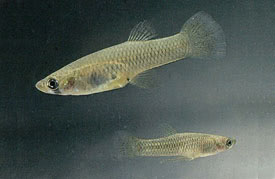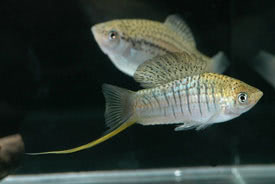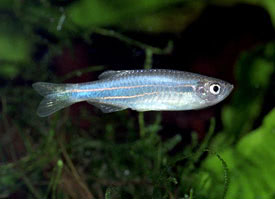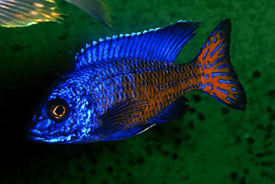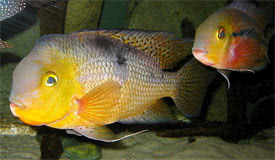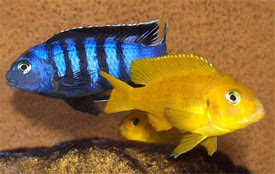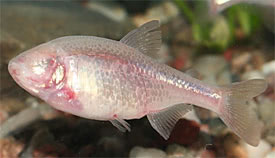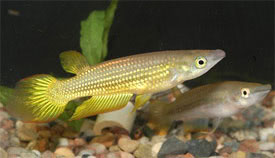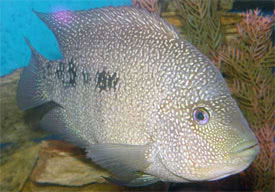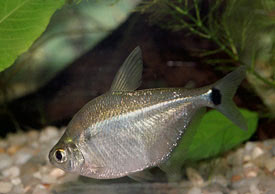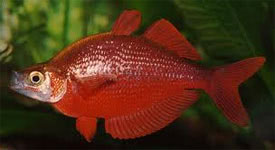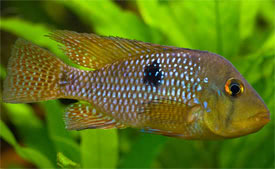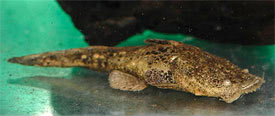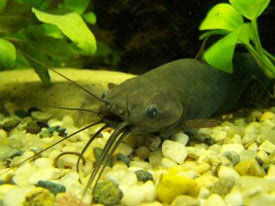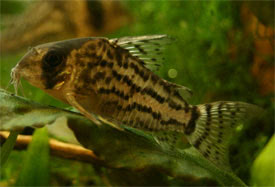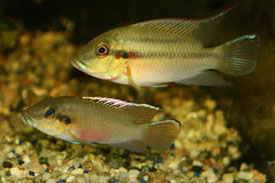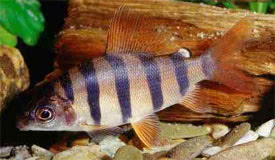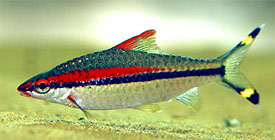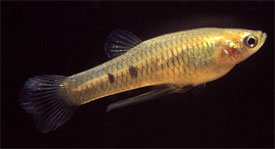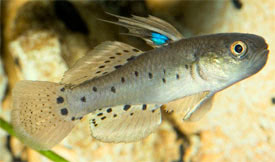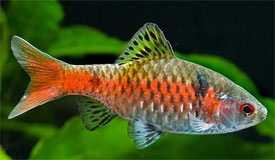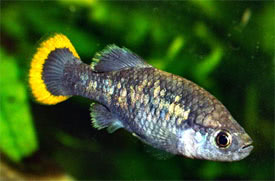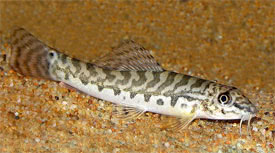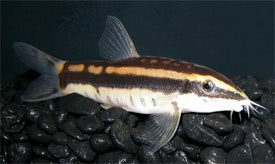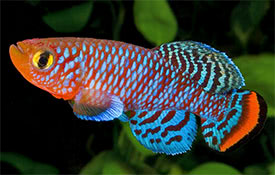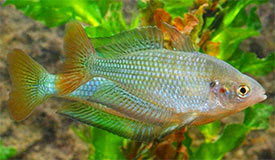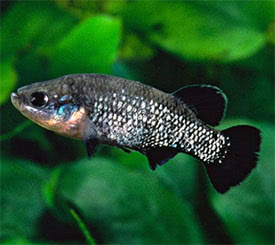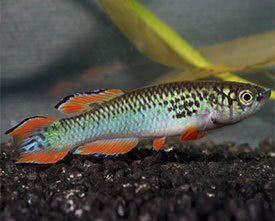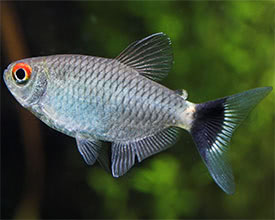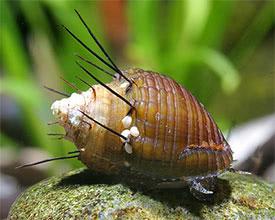
 Magyarul / Hungarian
Magyarul / Hungarian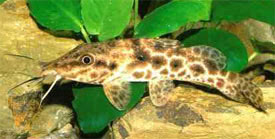

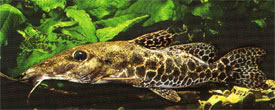
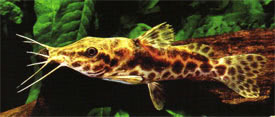
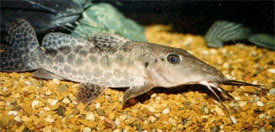
- Scientific name: Auchenoglanis occidentalis
- Synonyms: Pimelodus occidentalis, Oxyglanis sacchii
- Common name: African Giraffe Catfish, Giraffe Catfish, African Giraffe Bagrid
- Group: Catfishes
- Habitat: Africa; Widely distributed in tropical Africa from Egypt to Kenya
- Size: 90 cm
- Biotope: Lower Nile to the Blue Nile, Niger, Congo, in Lake Chad and Lake Tanganyika
- Social behavior: Quite peaceful, but should not be kept with smaller fishes.
- Diet: Omnivorous; any live food, frozen foods, tablets.
- Breeding: Has not been bred in aquaria.
- Tank: Minimum 500 litres
- Population: 1 fish for 500 litres
- Decoration: To protect their barbels, the substrate should not contain any sharp edges. Decorate their tank with large rocks and roots. The plants should be placed in pots, because they uproot them. The lighting should not be bright. They need a very massive filtration.
- Temperature: 21-25°C
- pH: 6.5-8
- Hardness: 5-28NK°
- Lifespan: 18 years
Description: The Giraffe Catfish exists in several different colour forms depending on locality, it has giraffe-like pattern of spots, which usually fades as the fish matures, and the bodycolor become brown. The fins are spotted, while the belly is creamy white. Albino specimens have been witnessed in nature too. Its long pointed snout is well adapted to suck detritus from substrate, and it is useful for cleaning the bottom of the tank. Giraffe cats from the rift lakes have changed their habits by eating numerous small shellfish. This is a fish only for the experienced and the professional.
No reports on the breeding of this species in captivity as it would need a very large tank with a number of individuals. In nature, males guard the eggs. This fish has two different breeding techniques according to location: in rivers they will lay eggs under roots and hidden in leafy detritus, while in the rift lakes adults will construct a flat circular pit and lay eggs centrally, where the substrate is soft and contains many mollusc shells. The shells are thought to act as protection against predation of the eggs and fry.



